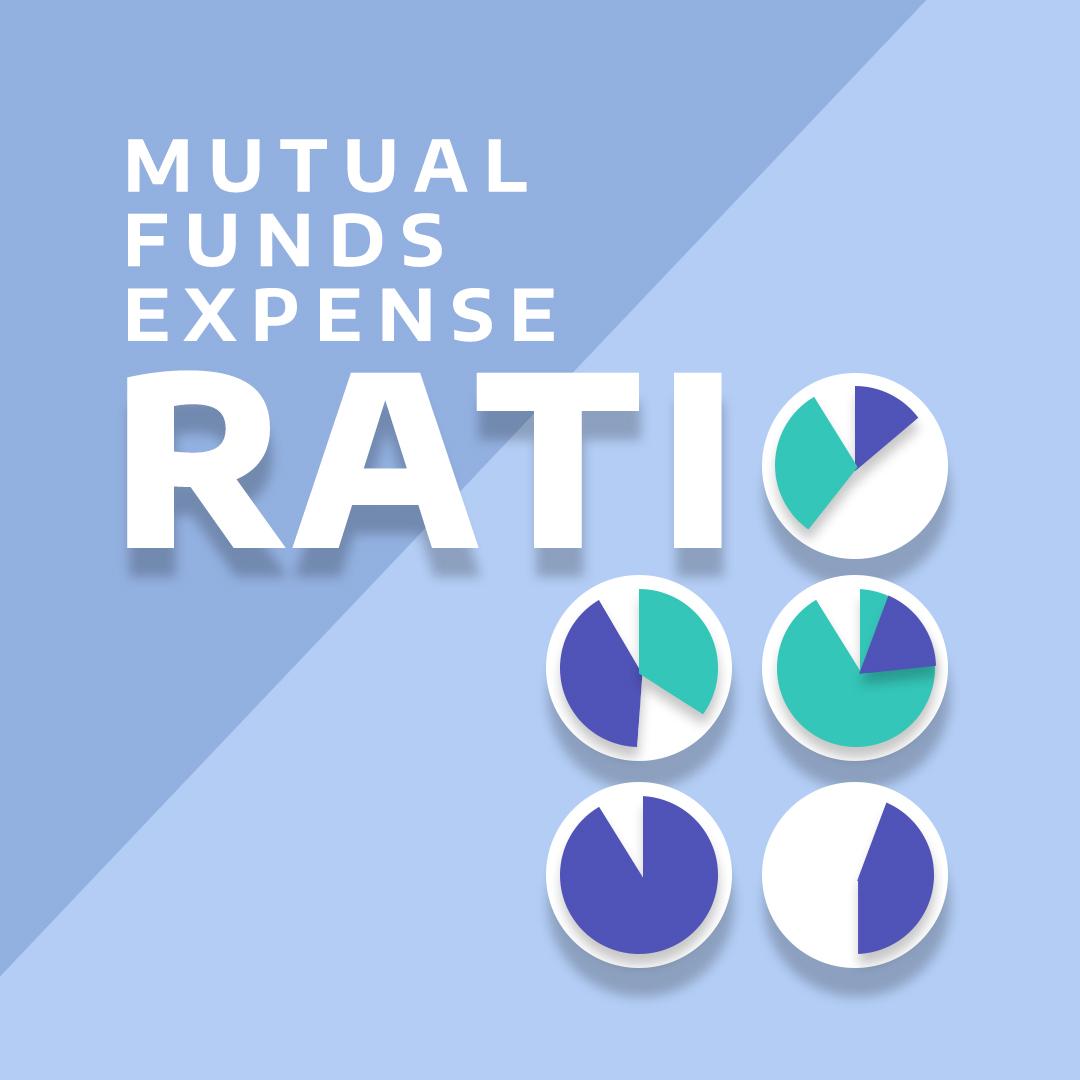Mutual Funds Expense Ratio

What is Expense Ratio
The expense ratio (ER) is an annual fee that an investor is charged for the management of his/her funds by the fund houses. It is generally a percentage of the assets under management by the fund house. In 2018, SEBI brought rationalization of expense ratio based on the size of the fund and the category. SEBI made significant modifications by changing the commission method to the distributors and reducing the TER of the mutual funds, thus, benefitted investors.
Different Expense Ratio for a Direct and Regular Fund
Expense ratio of Regular funds are higher than that of Direct funds. For regular plans, the agent commission can be around 0.5% to 1.5% that is deducted from investors return. So it is always advisable to transact in Direct funds by taking advice from financial experts thus saving on commissions and mitigating any conflict of interest.
Active funds v/s Passive funds
Active funds are funds where the fund manager actively manages is known as an active fund. Active funds include relatively high fees because fund managers actively buy, hold and sell fund assets for maximum returns. On the other hand, Passive funds are funds where the fund manager does not actively decide on the assets that the fund will comprise. Instead, a passive fund consistently tracks a market index like the Sensex or the Nifty to fetch maximum returns on investment. In other words, they replicate the indexes.
The fee for passive funds is lower than that charged for an actively managed fund because passive funds do not involve an active participation of a fund manager. The mandate for passive funds is mainly to track the underlying benchmark and hence the expense ratio is lower compared to an active fund where the mandate is to outperform the benchmark.
Over the last few years, most of the active funds have failed to track the underlying indices leading to higher tracking error. Even great investor like Warren Buffet have always promoted low-cost passive funds as an integral part of the portfolio construction. In India, the concept of passive funds is relatively new but is catching up very fast. 2 major metrics that needs to be monitored with regard to passive funds are tracking error and expense ratio.
Tracking error mainly tracks the difference between fund performance and the underlying index performance.
Expense ratio is critical as highlighted above, since there is no active fund management involved, lower expense ratio leads to better returns as deduction from the overall return is lower.
Recent launches in Passive Funds
Many AMCs have launched offerings over the last 1 year in passive space. Latest being Navi Mutual Fund who has just launched Nifty 50 fund with an expense ratio of 6 bps, the lowest in the industry. Over time, we think that there will be lot more offerings in this space and would be ideal from an asset allocation perspective in an investor portfolio.
In order to invest into the recent NFO launches, do click on the below button.



No Comments